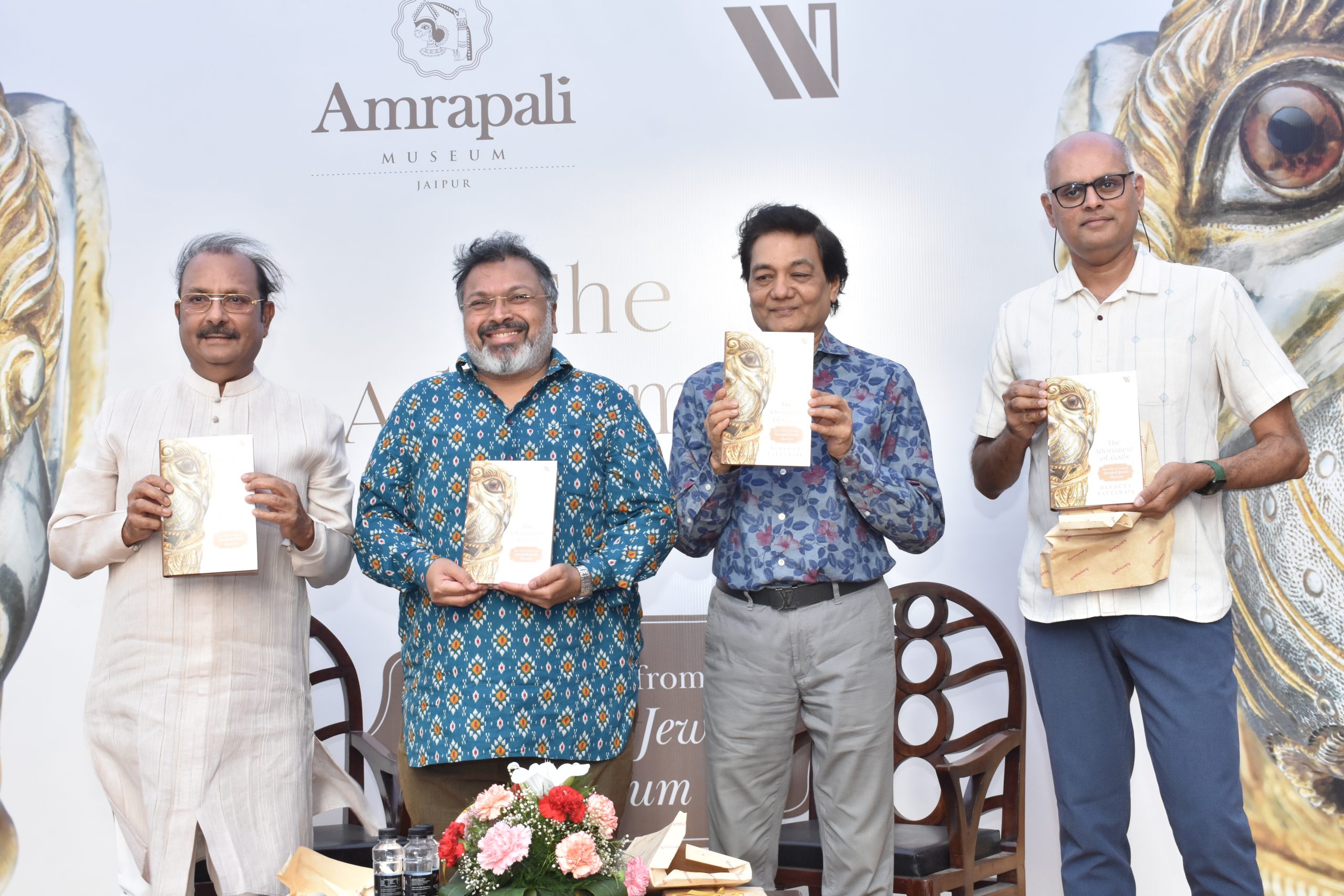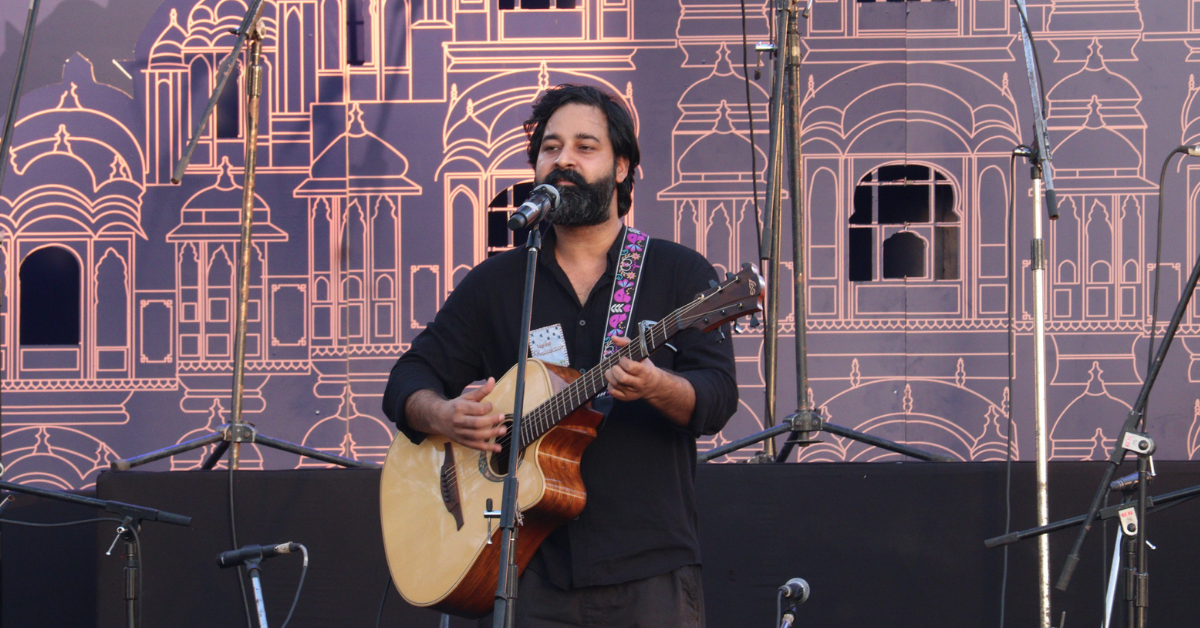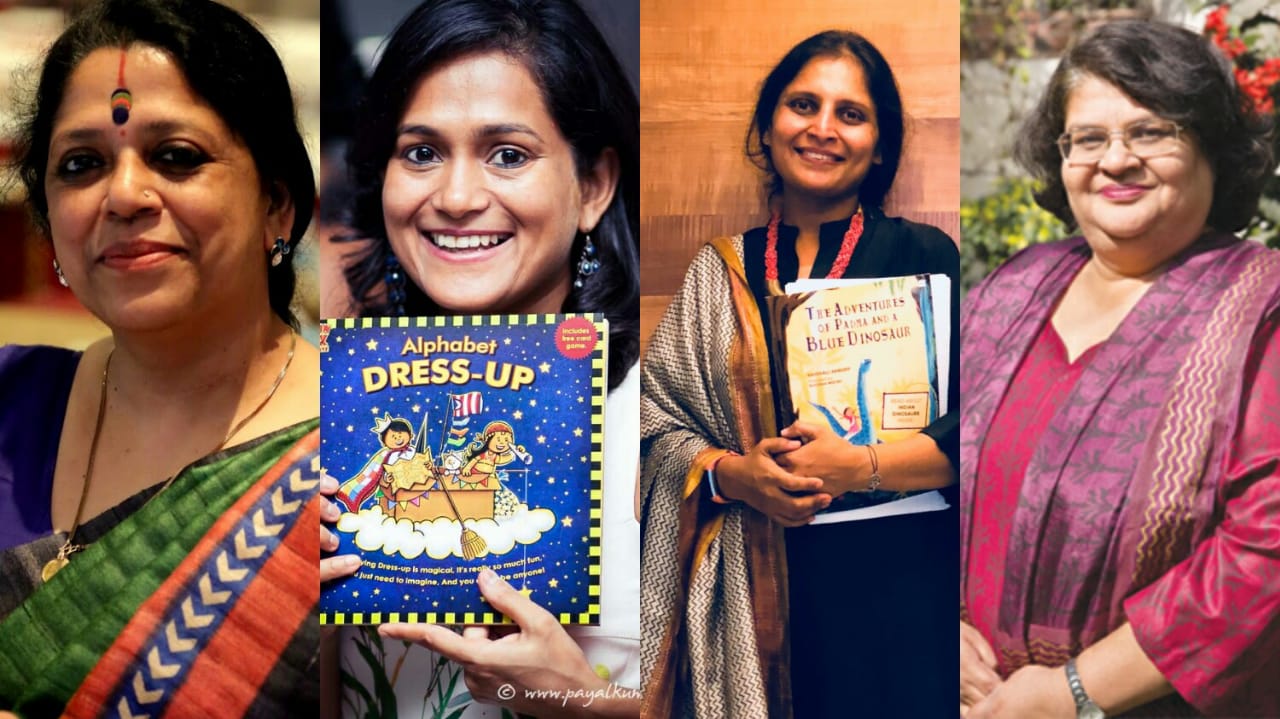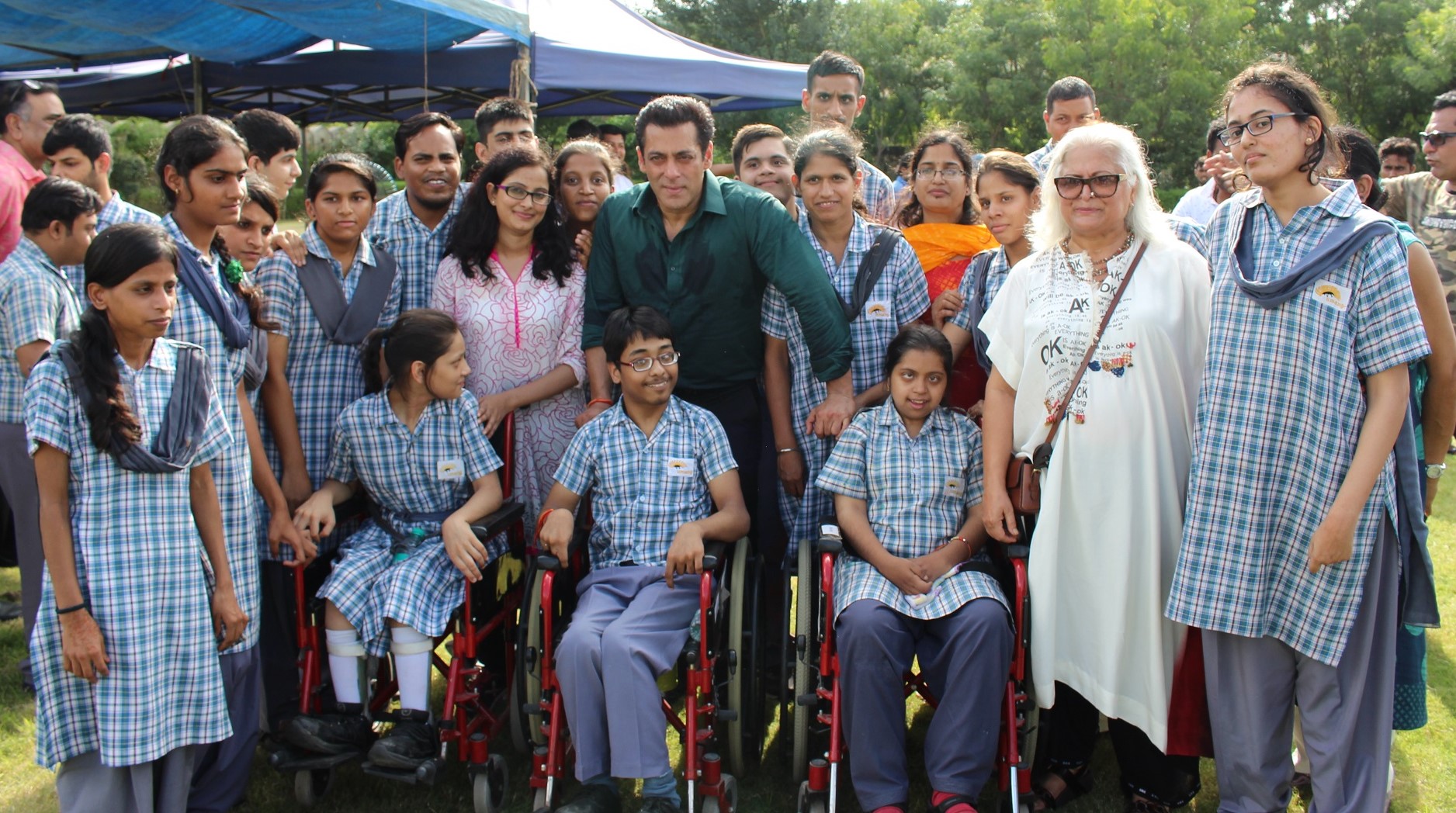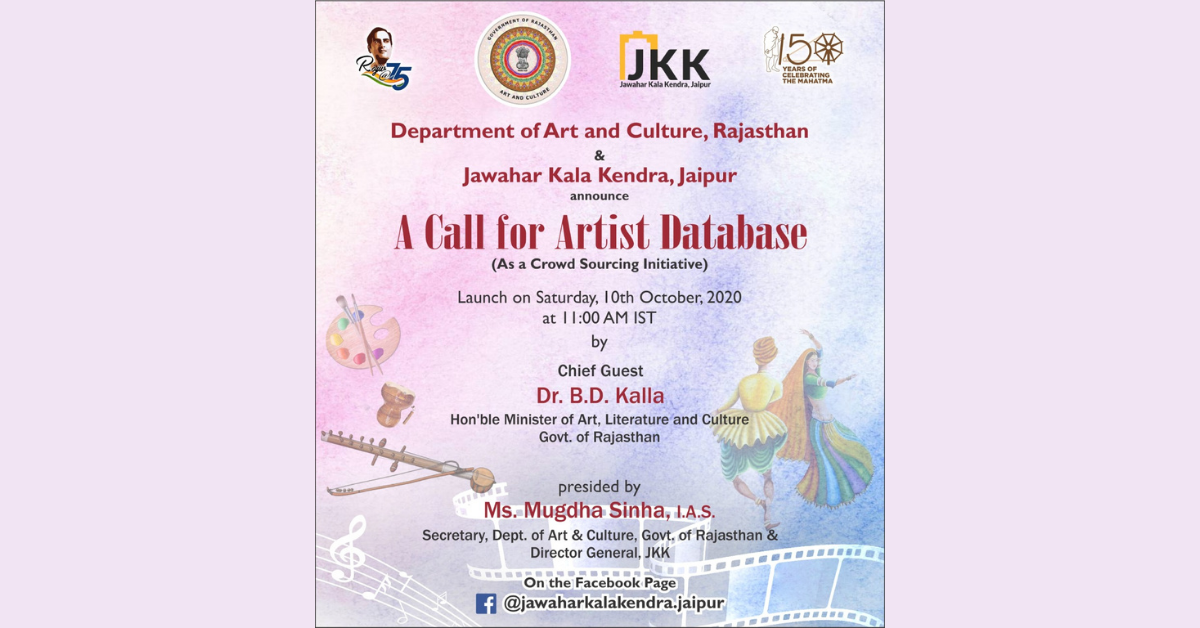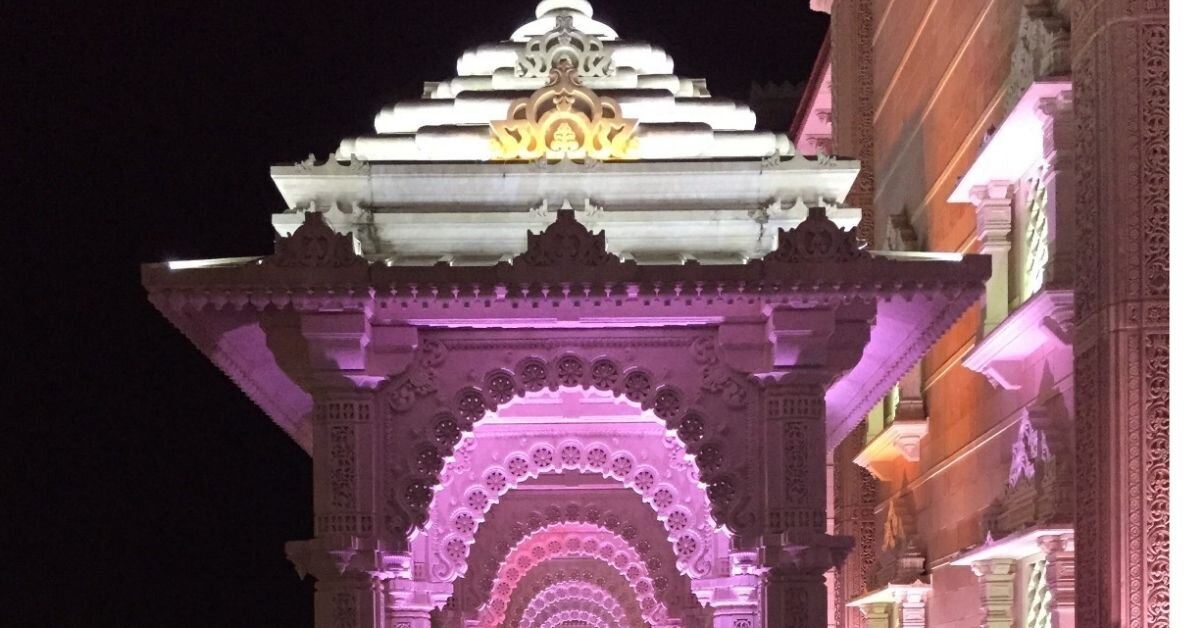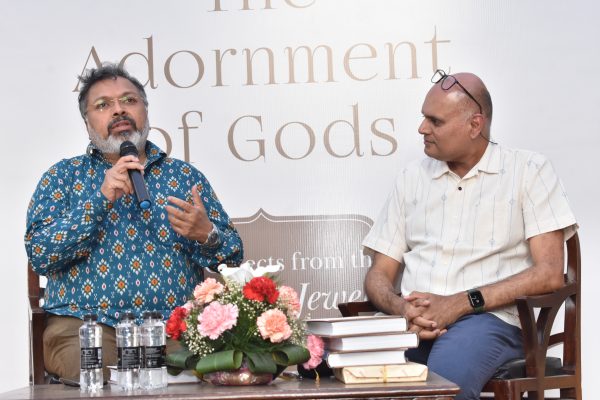
Located amidst the bustling area of C-scheme in Jaipur is the Amrapali Museum that showcases the magnificence of Indian art, design, and craftsmanship. The museum is spread across two floors, with distinct areas of focus. The ground floor exhibits exquisite items of beauty and adornment, including silver and gold jewelry from different parts of India, with a special emphasis on pieces that are associated with significant life events, from birth to death. Meanwhile, the basement houses a plethora of design inspirations that have been available to Indian craftsmen over time, demonstrated through the collection of jewelry and silver objects. The founders of the museum – Rajiv Arora and Rajesh Ajmera, who became friends during their college years nearly forty years ago, have created this collection as a labour of love, which pays homage to the diverse living culture of India, as seen through its various regions, rituals, and religions.
The Adornment of Gods
Renowned author and mythologist, Devdutt Pattanaik has penned a book ‘The Adornment of Gods’ that features rare objects from the Amrapali Jewels Museum. From the magnificent collection of the museum, the book thoughtfully curates fifty rare and exquisite antiques. Each object is a small but significant part of Indian history, its motifs and materials offering a unique perspective on the country’s cultural heritage.
Shedding light on the book, Rajiv Arora and Rajesh Ajmera share: “The fifty objects that Devdutt expands on are but a small sample of the holdings at Amrapali Jewels Museum. They are, however, representative of our collection at its conceptual widest. From the five elements that have wrought creation, to the subcontinent’s myriad gods and goddesses, our plentiful flora and fauna, to objects intrinsic to religious rites and rituals, votive offerings, jewellery and decorative objects, this book covers a vast narrative that no single thread could otherwise hold.We hope that this book arouses an appreciation of our material culture, their many makers across geographies, their uses, layered meanings and their continued ability to engage with us today.”
Launch of the book
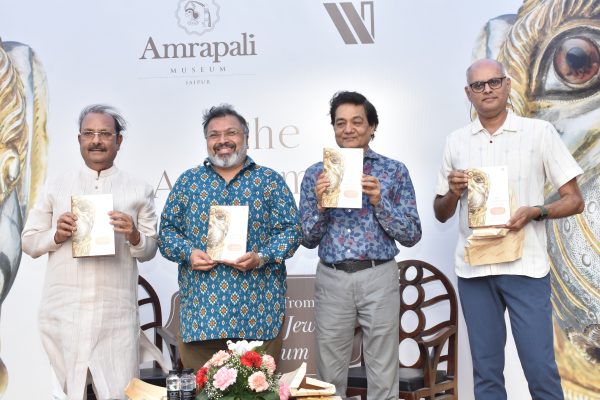
Pattanaik was recently in Jaipur to launch the book at the Amrapali Museum. In conversation with the Managing Director of India’s only Museum consulting company, Eka Cultural Resources & Research, Promod Kumar KG, he spoke on various intriguing topics related to writing, history, geography, and mythology. While emphasizing the significance of museums, Pattanaik remarked that we are presently living in the industrial era, where it is crucial to preserve memory, making the role of museums more important than ever before. He explained that earlier, an object had three fundamental aspects: Satyam (Function), Shivam (Narrative that made it sacred), and Sundaram (Beauty). However, currently, we are merely focusing on the function and disregarding the story and narrative that make an object unique. Pattanaik also noted that unlike western countries, museums are not given as much importance in India, as people do not consider living in the past to be auspicious.
Significance of symbols
Pattanaik discussed the significance of symbols, stating that they are a means of conveying ideas to the masses. Symbols possess the capability of transcending language barriers, allowing for the dissemination of ideas to individuals across different geographies. “Religious ideas in India reached the masses through symbols and imagery inscribed on jewellery and household artefacts. Texts were accessible only to a sliver of the population, the educated elite; the rest relied on ornaments and objects”, writes the mythologist in the book.
Gold as symbol of the soul
Moving on to talk about the significance of gold as a metal, the author said that gold is widely regarded as the symbol of the soul. Unlike metals such as copper or silver that tend to corrode over time, gold remains unchanged, making it a symbol of affluence, refinement, and abundance. He emphasized that gold’s spiritual value, in addition to its monetary value, is what makes it such a revered and cherished metal.
Designing the book
Pattanaik elaborated on his writing process, revealing that he devotes a significant amount of time to crafting the table of contents for his books. He emphasized that nearly half of the time he spends on writing is dedicated to designing the book’s structure, as it guides him on how to conceptualize and approach the subject matter. ‘The Adornment of Gods’ is also structured into five distinct sections: Elements, Life, Humans, Goddess, and Gods.
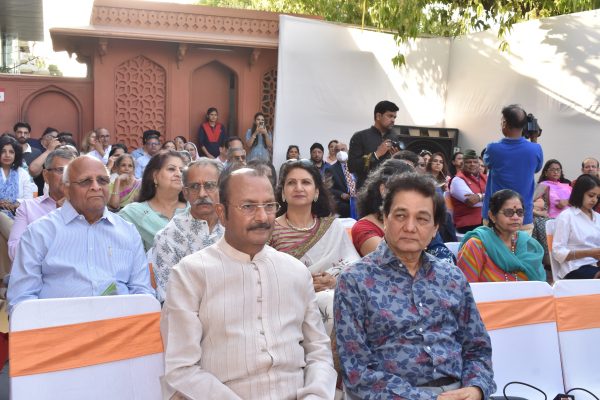
Tusharika Singh
Latest posts by Tusharika Singh (see all)
- Music experiences in the Pink City - January 11, 2025
- Jaipur Literature Festival 2025 Announces First List of Speakers for Landmark 18th Edition - December 3, 2024
- From Rejection to Recognition: Jaipur’s Abhishek Mudgal joins NSD as stage manager - December 2, 2024

